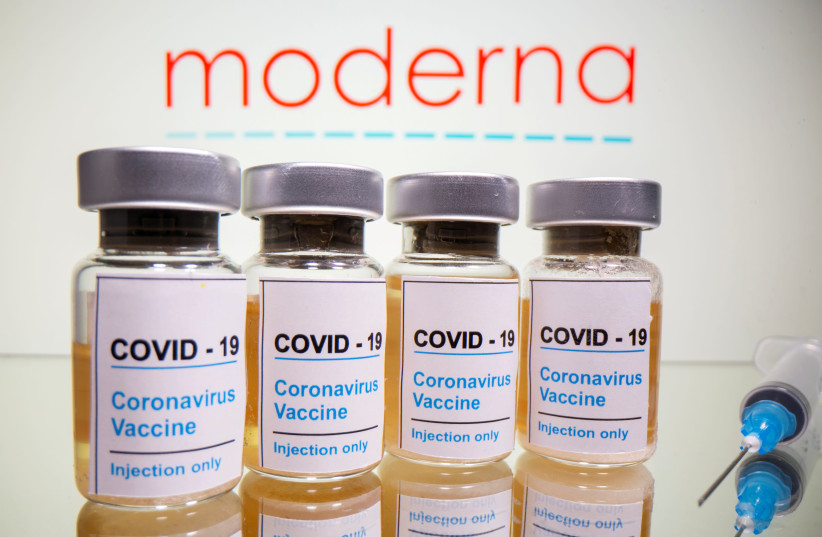The new Moderna booster vaccine called Spikevax has shown a significantly higher antibody response against OMICRON BA.4 /5 sub-variants compared to the booster of the current vaccine.
What does mRNA-1273.214 protect against?
The newly adapted vaccine called mRNA-1273.214 showed much more protection against infection with all variants tested compared to the vaccines currently available – including sub-variants of Omicron BA.1 and BA.4/5, and the original alpha variant that was followed by beta, delta and gamma variants.
Moderna, established over a decade ago and based in Cambridge, Massachusetts, has completed regulatory submissions for the vaccine in the European Union, the UK and Australia and expects to complete most of the remaining submissions this week.
Moderna is simultaneously developing an additional twin-strain mRNA-1273.222 adapted to Omicron and based on BA.4 5, in accordance with the latest guidelines of the US Food and Drug Administration (FDA), the company said.
“We are very pleased that our Omicron-adapted, dual-strain platform continues to perform better than the current booster.
Stefan Bensel, Moderna’s CEO

One month after the booster of mRNA-1273.214, participants who had previously received a vaccine and a 50 micrograms booster dose had a significantly higher neutralizing antibody response against the Omicron variants as well as sub-strains BA.4 and BA.5, compared to the current booster vaccine (mRNA-1273 ). These findings were demonstrated in all age groups of the study participants – adults over the age of 18, over or under the age of 65 – and whether or not they had been previously exposed to COVID-19.
Among participants who had not previously had Corona, an Omicron-adjusted two-strain mRNA-1273.214 vaccine showed significantly higher levels of neutralizing antibodies against the BA.4 / 5 variants compared to the currently authorized booster vaccine, with an average antibody level 1.69 times higher. One month after the booster was administered, BA.4 / 5 neutralizing antibody values were for mRNA-1273,214 and 458 for the currently authorized booster vaccine. The mean increase in BA.4/5 (GMFR) antibody levels from pre-vaccine booster levels was 6.3-fold for mRNA-1273.214 recipients and 3.5-fold or recipients of mRNA-1273.
Consistent results have been demonstrated across subgroups, including those aged 65 and over. The full data were submitted for publication to audited medical journals and partnered with regulators.
Moderna CEO's statement
Stefan Bensel, Moderna’s CEO, said: “We are very pleased that our Omicron-adapted, dual-strain platform continues to perform better than the current booster. Today’s update expands the incredible performance of mRNA-1273.214, demonstrating significantly higher antibody levels against all tested variants, including the BA.4 /5 and BA.1 Omicron variants, and adds to the largest body of data confirming the superiority of this approach.”
He added that “the superior depth and durability of the immune response following a dual-strain vaccine has now been demonstrated in a number of Phase 2/3 studies involving thousands of participants. We are working with regulators to promote two dual-strain vaccine candidates, mRNA-1273.214 and mRNA-1273.222, based on different market preferences for Omicron sub-variants, clinical data requirements and the urgency of launching booster campaigns for at-risk populations this fall.”
The announcement followed results published last month from Moderna’s ongoing Phase 2/3 study among some 800 participants. Previous results have shown that a 50-microgram dose of mRNA-1273,214 met all pre-specified initial endpoints and was well tolerated, with a safety profile consistent with the currently licensed booster.
Temporary adverse reactions reported in some people in clinical trials following administration of the vaccine included pain at the injection site, fatigue, headache, muscle aches, joint pains, chills, nausea/vomiting, axillary swelling/tenderness, fever and swelling and redness at the injection site.
